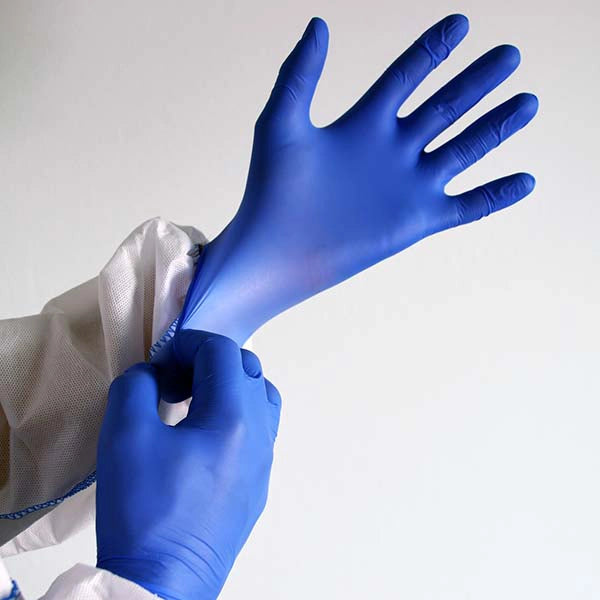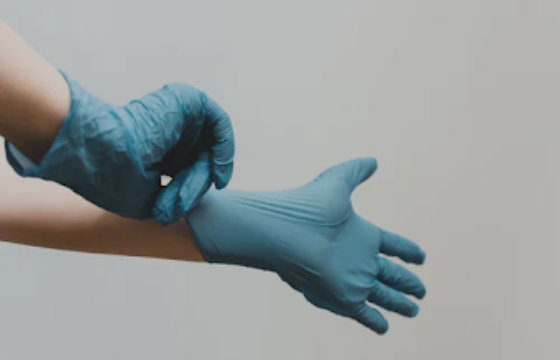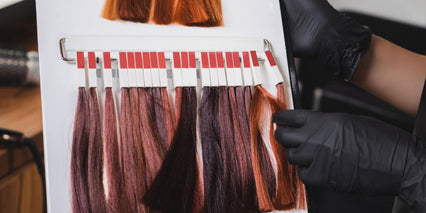Even the world’s hardiest medical-grade exam glove isn’t meant to be worn indefinitely. Single-use gloves can go a long way to protect your team, but at the end of the day (the end of a task, even) they’re disposable gloves, and they’re meant to be replaced.
Not sure when to change single-use gloves? Here’s what your team needs to know.
When You Need Single-Use Disposable Gloves
Disposable gloves are a fantastic resource for those who need sanitary protection. For medical professionals, for example, wearing gloves helps prevent contamination and reduce germ transmission.
As a rule, you need disposable gloves when:
- You need a sanitary barrier
- You need an impermeable barrier
- You need chemical protection
- You need biohazard protection
- You need to avoid cross-contamination
- You need protection and dexterity at the same time
The trick is figuring out when it’s time to get a fresh pair of gloves. After all, many disposable gloves are hardy enough to last a while, but they’re intended for brief use.
The Art of Putting on Gloves
First, it helps to know how to change gloves the right way. Putting on gloves properly impacts performance and effectiveness--getting off on the right foot (er, hand).
Start by checking the glove size and removing any jewelry. If the glove doesn’t fit, it won’t perform well.
After that, get busy with hand hygiene. Wash your hands for at least 20 seconds, carefully scrubbing every nook and cranny. That way, you don’t transfer any germs onto the gloves while putting them on. Once you’re done, dry your hands with a clean paper towel and dispose of it.
If your gloves are in packaging, carefully unwrap them according to the package instructions. Avoid touching the outside of the gloves with uncovered hands. When you set the gloves down, make sure to set them on a sterile surface.
Now come the gloves. Put the glove on your dominant hand first--this will make it easier to pull on the other one. The trick to putting on sterile gloves is to avoid touching the outside of the glove with an uncovered hand. Instead, grab hold of the glove from the inside of the cuff and pull it on. Once your dominant hand is covered, you can easily put on the other glove.
How to Change Gloves
When it comes to hand protection, taking gloves off is just as crucial as putting them on. You can mess up all of your efforts to avoid skin contact with a contaminant by taking gloves off the wrong way.
To take gloves off, start by grabbing the outside of one glove with your other hand, the reverse of how you put the glove on. Do not let the glove touch your bare skin at any point. To remove the glove, carefully peel it away from your body, kind of like peeling an onion. You should turn the glove inside out as you go and finish with a glove that’s fully inside out. It can be balled or partially folded over.
Once you have the first glove off, hold onto it with your gloved hand. Again, don’t touch it with your bare skin. Remove the second glove by slipping your fingers inside the glove cuff and peeling the glove away from your skin, never touching the outside of the glove. Leave the first glove inside the second one.
Then, dispose of the gloves safely. Once the gloves are off, immediately wash your hands for at least 20 seconds.
How Long Can You Wear Gloves?
That’s the beginning and the end, but how long can you wear disposable gloves in between?
There is no hard time limit on how long you can wear gloves. The material doesn’t degrade over time just by virtue of being on your hands. Instead, you have to change gloves based on your task and maintaining protection.
For example, you should always change gloves when:
- Beginning a new task
- Gloves show any signs of tears or punctures
- You’ve handled biohazards
- You’ve handled chemicals
- You’re moving to a different patient
Keep in mind that this is much stricter for some industries. In medicine, for example, you should go through single-use gloves like candy. For food prep, on the other hand, you can get away with wearing gloves between tasks as long as there’s no cross-contamination risk. You can wear the same glove while washing different types of produce, but not if you handle raw meat.
How to Find Single-Use Gloves That Last Longer
Just because gloves are disposable doesn’t mean they’re flimsy. And if you’re, say, a surgeon, you need your single-use gloves to last quite a while.
Your best bet is to look for single-use gloves based on material and thickness. Thicker gloves are more puncture-resistant, and some materials hold up better to chemicals, biohazards, or heavy-duty handling.
High-Quality Single-Use Gloves Your Whole Team Will Love
Need high-quality disposable gloves that your whole team can count on? We provide disposable nitrile, vinyl, and latex gloves for essential workers across a variety of industries, all rigorously tested to ensure top-notch performance.
Ready to supply your team with gloves that get the job done? Check out our collection today.




